Imagine having a cute little pet that is creepy enough to scare your friends with. That was the first thing that came to my mind when I picture keeping a spider as a pet.
Tarantulas not noisy and they require only a little space for accommodation there for keeping one as a pet will be very fascinating.
However, I must warn that if you plan on holding and touching your pet alot, the tarantula isn’t the best choice of creature for you.
Did you know that over 800 species of tarantula exists? And they are all members of the Theraphosidae. Tarantulas are native to different areas and climates – tropical, subtropical and arid.
They are divided distinctly into two groups one from the “new world” (from the western hemisphere) and the other from the “old world” (from the eastern hemisphere).
One of the most famous species mostly kept as a pet is the Grammostola Rosea also known as the Chilean rose.
The Chilean rose is one hardy spider that is easy to care for, and it’s native to Chile.
The lifespan of a pet tarantula
A tarantula can live as long as eight to ten years
Size of a tarantula
A fully grown tarantula can be between five to eight inches in size.
Difficulty of care
The difficulty of care for a tarantula is intermediate.
Tarantula temperament and behavior
As earlier mentioned there are various species of this spider available in the pet trade. Generally, the best kind of tarantula for a first timer is the burrowers or ground dwellers as their movement tends to be a little slower.
The tarantula that has been cited often to make a good first pet is the arboreal tarantula. However, it is not advisable to have one as your fast tarantula pet.
Naturally, the arboreal species are more difficult to care for, and the pinky toe is a very agile and fast one this it is more difficult to handle.
When choosing a tarantula for a pet, the female is a better option because they tend to live longer than the male. The female tarantula of the Chilean rose species can live as long as twenty years even in captivity.
The make, however, can not make it past a few years both in the wild and as a pet.
Housing your tarantula
You do not need a big space to house your pet tarantula except you are adopting one of the arboreal species then you have to get a tall cage for it.
If your pretty tarantula is one of the burrowing ones, you will need to provide appropriate hiding places for it so that it feels comfortable.
Spiders are not a social creature so never make the mistake of housing more than one of them in a cage.
A general rule of thumb for housing a terrestrial or burrowing spider is that the spider cage must be approximately two times the spider leg span in width and their times the leg span in length.
The height of the spider cage shouldn’t be more than the length is the spider majorly because of the insect’s body weight.
When they climb up and fall for any reason, they might be badly injured or even die because of how weighty their body is.
If you have a five-gallon fish tank, it will work perfectly for your tarantula.
But if you have a larger tank it may not be suitable for your pet as tarantulas do not require excess space and the size of the tank may make it more difficult for your pet to find its prey.
When dealing with an arboreal tarantula, you have to ensure that it’s cage is tall enough so that it has enough room to climb.
Provide twigs, branches, and some other structure to enable your spider to build its web anyhow it chooses.
If you have a 10-gallon aquarium that is set on one end, it will be just perfect for your arboreal tarantula.
Make sure your tank has a secure lid because spiders can be very notorious escape artists, however, the cap should have enough holes to allow ventilation.
At the bottom of the tank, provide a substrate of vermiculite or varying ratios of potting soil mixed with vermiculite that is around two to four inches deep so that the spider can have enough room to engage in its digging activities.
The soil will also help to provide moisture. It is vital that you avoid wood shavings or chips especially that of cedar.
Your pet spider will need a hiding place so you can get a half hollow log from a pet store or even a half broke clay pot that will sit somewhere in the tank.
Heat and light
Tarantulas are not lovers of bright light so you have to place their tank in a cool and slightly dark area of the room where sunlight will not reach.
Never use Incandescent light for heating because it can dry out your pet, and that’s not what you want.
Pet shops have hearing pads or strips that they sell to reptile owners.
These pads or strips will work just perfectly to provide heating for your spider, all you need to do is place under a small part of your pet’s cage. Most tarantula spiders can live in places with a temperature of around 75 to 85 degrees Fahrenheit.
For those tarantulas that do not need high levels of humidity, a shallow water dish in the cage or a weekly mist should be enough.
But if you have one of those that require high humidity, then you may need to supply mist more frequently. Always measure conditions using temperature and humidity gauge.
When you notice a higher temperature, take adequate steps to provide the right level of humidity but remember that too much humidity can encourage the growth of molds and that must be avoided.
Your spider cage doesn’t require cleaning so much. Once a year is good enough for spiders that are kept in low humidity levels, but you can make an exception when you notice mites, the growth of molds, or fungus.
For spiders kept in a more humid environment, cage cleaning should be done more often.
Providing food and water for your tarantula
A cricket based diet is nice for your tarantula, but it’s OK to supplement it with some other insects. Tarantulas a quite easy to feed as adults only need food once weekly.
Some spider owners might try to feed their pet the same way that would feed themselves in the wild ( They might give them plenty of crickets one day and then a single cricket the next week e.t.c )
While growing tarantulas must be fed several times a week, an adult can fast for a month or two especially before a molt. This means if you travel for a month and leave your tarantula home alone, it’ll be alive by the time you return even though there was no one to feed it.
The crickets you will be feeding your tarantula must be gut loaded and dusted with enough vitamins before they are given out as food.
The reason is that whatever the cricket has been fed with is exactly what you are ultimately feeding your spider.
Cockroaches, super worms, and even mealworms can be fed to your tarantula occasionally. And if your tarantula is a very large one, you can give it baby lizard of pinkie mice once in a while even though it isn’t necessary.
What is key is to ensure that your tarantula’s food is smaller than its body and their prey isn’t one that can harm the spider. Also, avoid feeding your tarantula with any insect caught in the wild unless you are sure that the insect has had no exposure pesticides.
You can provide a shallow water dish in your spider tank so that it doesn’t fall into the water and drown. If you feel the dish isn’t shallow enough, put a few pebbles in it so that In case your pet falls in, it can easily climb its way out of the water.
Common health problems of tarantulas
The tarantula is one very healthy insect, and the only thing owners should be wary of its the chance of the spider falling.
Even though they have a very strong outlook, a simple fall can cause them to have a ruptured abdomen or even worse.
Another common problem these insects face is dehydration. If where they are kept is not humid enough, they may become unwell or lethargic.
Molting tarantulas
The process of molting refers to how a spider grows from its present size to a larger size. This occurs when it sheds it’s old exoskeleton and develops a new one. Molting time is usually stressful for spiders, and more humidity is required during this time.
When it’s time to molt your spider will stop feeding and lay on its back to shed its old skeleton. The new exoskeleton will take several days to become hard and during this time us when the increase in size will occur.
Do not feed or touch your tarantula during the molting period as it is very vulnerable and be easily be harmed.
Getting a tarantula
You can get one from a pet store, but it is preferable to get from a breeder since there is a guarantee that you can have an idea of its health history and you can avoid getting a pregnant one.
Make sure to ask for the age and gender of the spider you want to adopt and never make the mistake of trying to domesticate a tarantula caught from the wild.
Are tarantulas venomous?
Tarantulas are biters, and they are venomous so you must be sure you can handle them before you adopt any.
There are many reasons to be concerned when handling a tarantula so you must be very careful and ensure to only hold them when you have a pair of rubber gloves on.



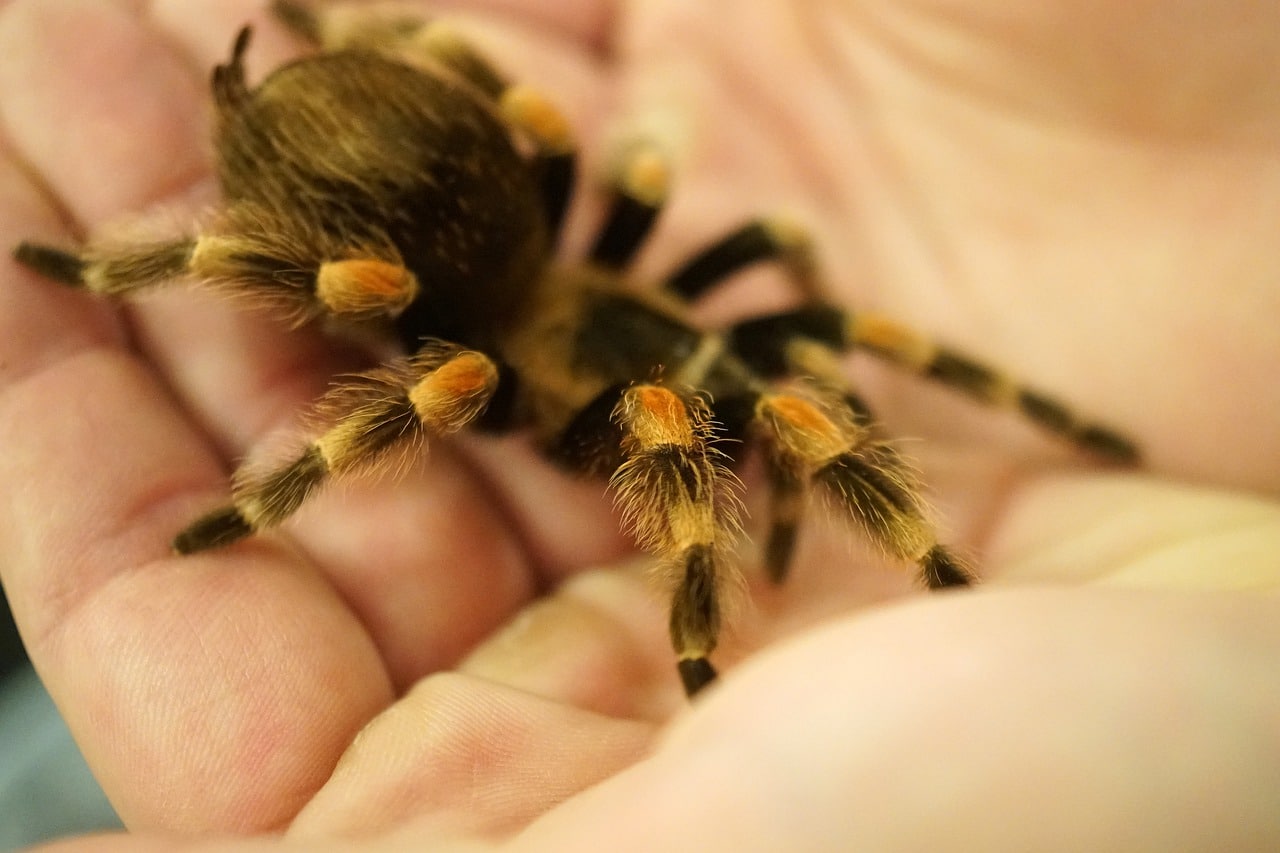
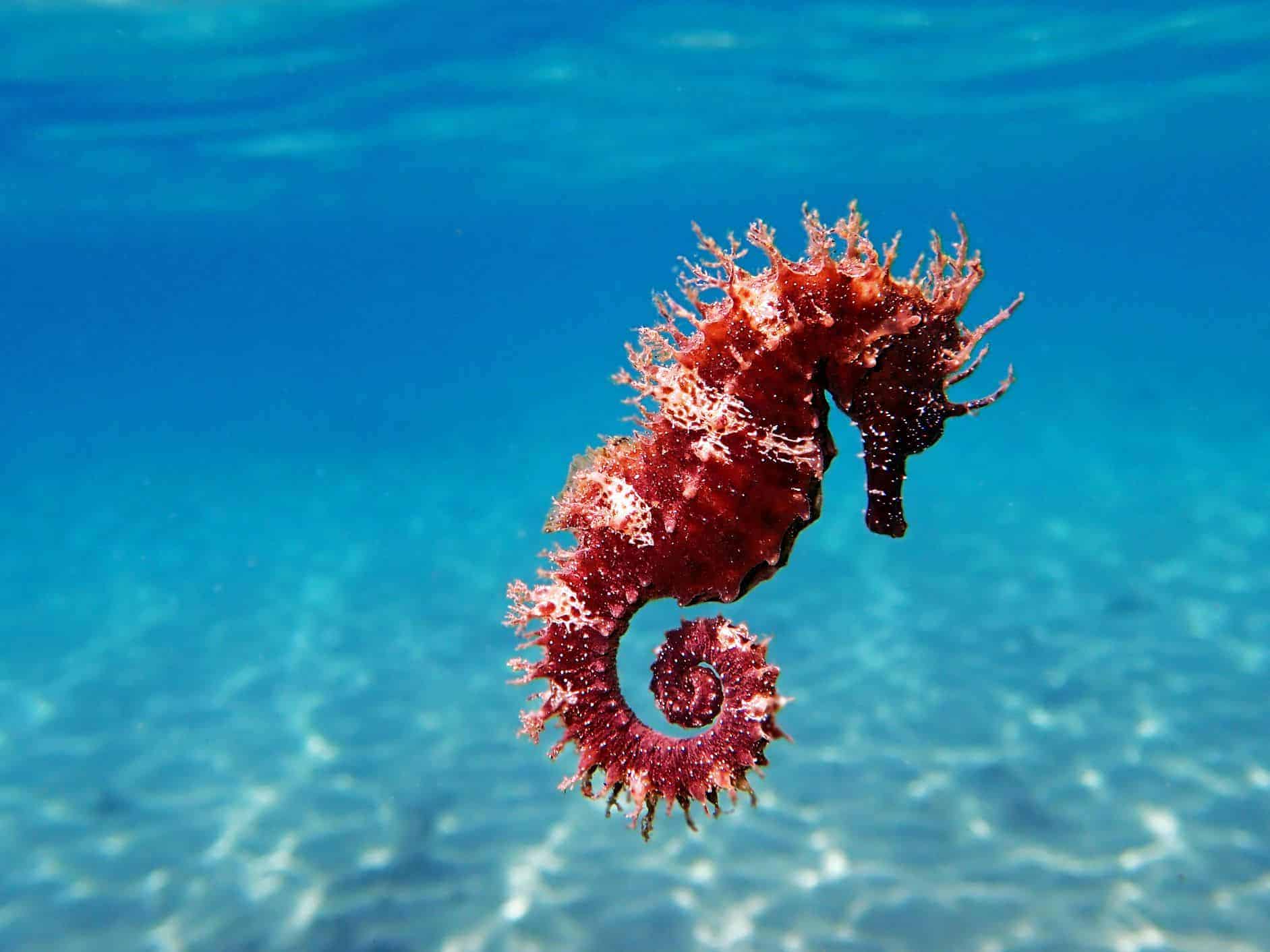

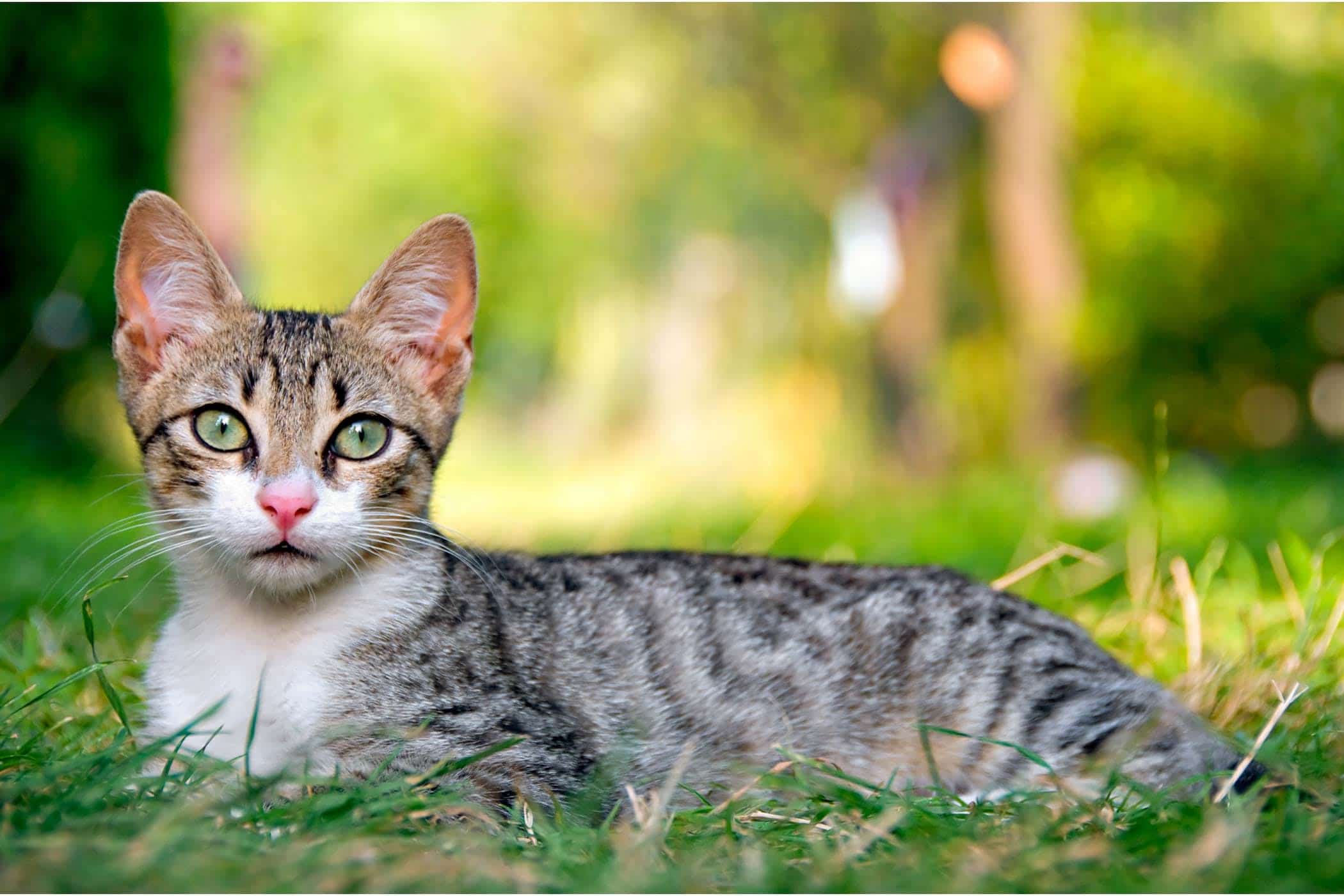
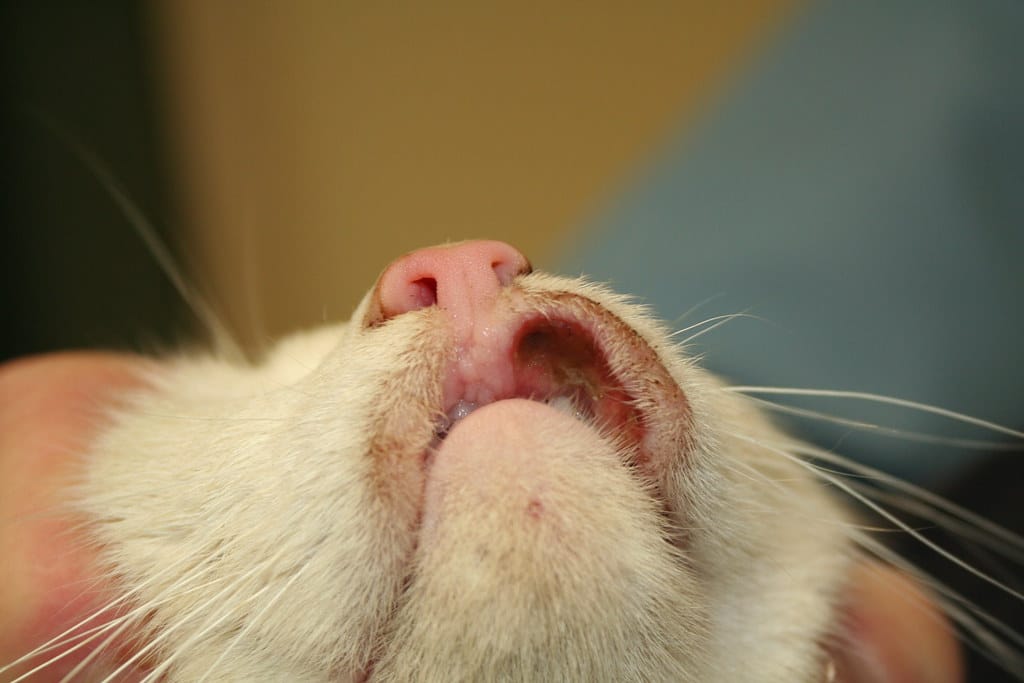
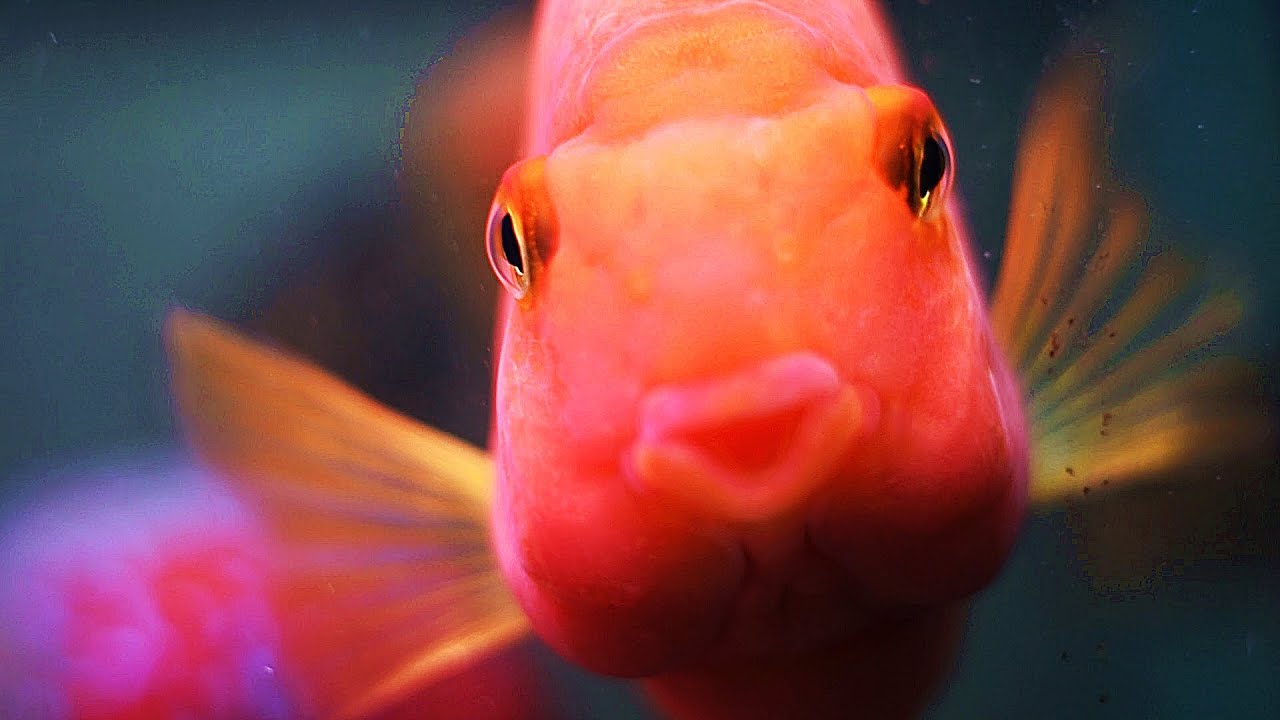
It really helped when you said that the food to be given to tarantulas can be cockroaches, super worms, and mealworms. I plan to get my husband a type of tarantula this year which he has been wanting for so long. And I think I should also get live mealworm animal food together with its enclosure for a complete gift package for him.